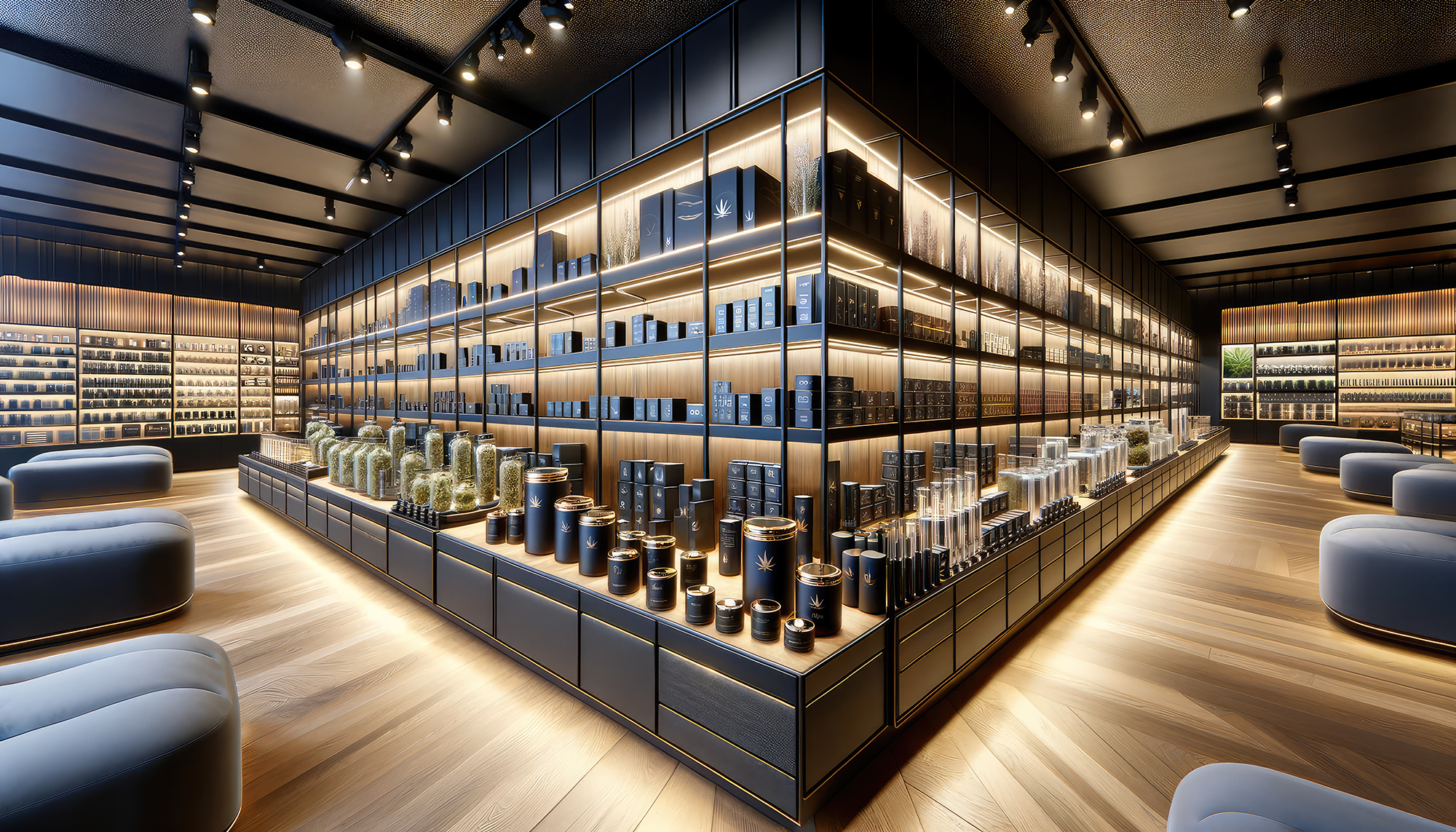How To Correlate Your Packaging With Product Price Points!

In today’s market, product packaging is not just a means of protection. It’s a significant aspect of marketing strategy that influences consumer perception and purchase decisions. Correlating packaging with price is an art that requires understanding the nuances of consumer behavior, material costs, and the psychological impact of design elements. Let’s dive deep into how businesses can master product price points to enhance their brand value and market positioning.
Understanding the Essence of Packaging
The Role of Packaging in Marketing
Packaging serves multiple purposes: it protects the product, provides essential information, and most importantly, it communicates the brand’s message. It’s the first thing a consumer interacts with, making it a critical touchpoint in the marketing funnel. The consumer’s first impression could make or break a sale.
Perceived Value and Packaging
The design, quality, and innovation of a package can significantly affect the perceived value of a product. A well-designed package can command a higher price, as it suggests superior quality and enhances the unboxing experience. But selling a high-end product in cheap packaging could be a death sentence.
Correlating Packaging with Price
Material Matters
Selecting the right packaging material is crucial. Sustainable, high-quality materials may cost more but can justify a higher price point and attract eco-conscious consumers. Add foils and special finishes to help the packaging stand out and utilize materials effectively.
Design and Complexity
The complexity of the design also plays a role. Intricate designs with unique opening mechanisms or personalized touches can make the product stand out on the shelves, allowing for a premium pricing strategy. Unique designs are sure to catch a potential customer’s eye.
Brand Consistency
Ensuring the packaging aligns with the brand’s overall image and values is essential. Consistency across products reinforces brand recognition and loyalty, supporting a higher price range. This also helps with brand recognition and repeat sales.
Cost-Effective Packaging Strategies
Balancing Quality with Cost
While aiming for high-quality packaging, you need to balance costs to avoid pricing your product out of the market. Economies of scale and smart design choices can help maintain this balance. When selling a high-end product, your packaging should follow suit. The goal is to create an experience for the user from the initial opening until the product is finished.
Leveraging Technology
Advancements in packaging technology, such as digital printing and utilizing mixed print runs, can reduce costs and allow for small-batch customization without a significant price hike.
Sustainability as a Value Proposition
Sustainable packaging is ethical and a selling point that can justify a higher price. Consumers are willing to pay more for products that align with their values, especially if you position your brand messaging this way.
Case Studies: Success Stories of Effective Packaging
Analyzing successful brands can provide valuable insights into effective packaging strategies. From luxury brands that use packaging to enhance exclusivity to eco-friendly brands that use minimal, sustainable packaging to appeal to their target audience, there is much to learn from the market leaders. Think beyond the cannabis packaging realm and look at high-end cosmetics and food items. Products with high price points in their respective category often have packaging that correlates with product cost.
Future Trends in Packaging
Innovations to Watch
The future of packaging lies in smart, interactive packaging that enhances user experience and sustainability efforts that reduce environmental impact. Incorporating QR codes and augmented reality can help create a deeper experience.
Customization and Personalization
As technology advances, personalized packaging will become more accessible, allowing brands to offer unique experiences without a hefty price tag. Tailoring items focused on local trends and preferences could help lead to greater sales.
Conclusion
Mastering the correlation between packaging and price is essential for cannabis businesses aiming to position their products effectively in the market. By focusing on material quality, design innovation, and brand consistency, your business can create packaging that justifies the price and appeals to its target audience. Remember, packaging is not just a container; it’s a critical marketing tool that communicates your brand’s value proposition.
